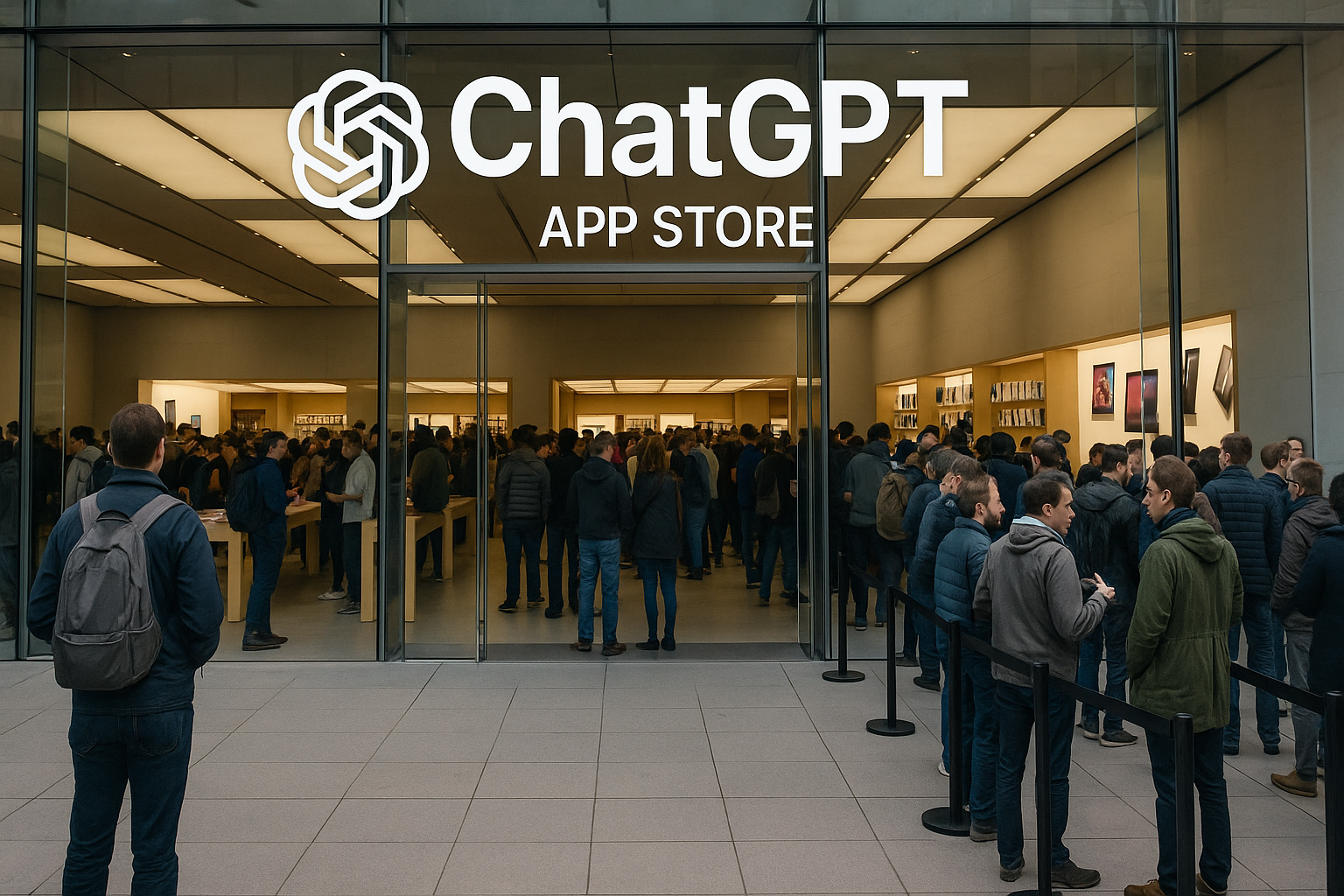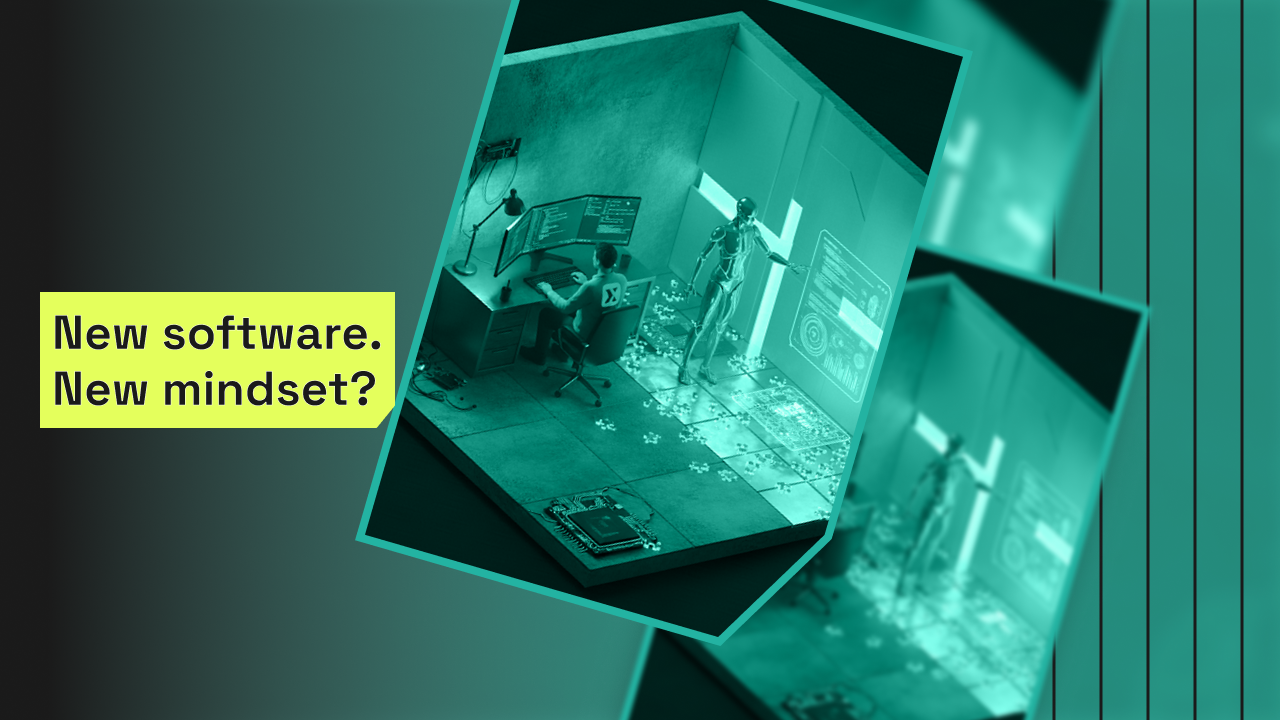How do you develop a mature supplier ecosystem?

Kevin Smith
5 min read • 20 August 2024
Dootrix have been working with Heathrow since 2016, and in that time, we've seen a huge amount of change. We've seen a wholesale shift towards the cloud, we've seen huge advances in terms of data and AI, and we've also seen how Heathrow have adapted their engagement model to make sure Europe’s busiest airport always stays one step ahead. The Head of Cloud and Data at Heathrow, Andy Isenman, explored some of the challenges when operating at airport levels of scale with Dootrix’s Chief Technical Officer, Kev Smith. In the first of our Insights on Heathrow’s journey, Kevin and Andy discussed how to foster a mature supplier ecosystem – something Dootrix has helped Heathrow develop.
Kev: When we talk to some of our clients about the way we work with Heathrow, we always hold the Heathrow model up as an example of how organisations and suppliers can work really effectively together. I know you’ve put lot of effort into building that partner ecosystem, so I'd like to spend some time exploring with you how it’s evolved. Firstly then, what was the catalyst for doing something different in terms of supplier engagement? What were some of the problems you felt needed to be addressed?
Andy: I suppose it goes back to the seismic change that was mobile and smartphones entering the enterprise. At that point, we realised that we needed to work with companies that had very specific skills around development; the quality of the development that was being done was going to be key to our success. We found that we needed to find a new partner network in order to be able to find quality of the software development. But we also recognised that those partners would need to come on a journey with us and understand how we worked as an enterprise. So, it was really about understanding how we could find the talent that was able to deliver what we needed to deliver as technology development accelerated, but also find partners that could work with us in an enterprise environment.
Kev: What was the journey that you went on to create a more mature ecosystem?
Andy: We reached out to people that we knew in the wider technology ecosystem, and we started to ask the question, who do you know and what sorts of people do you think are already delivering in that space? This is where Dootrix’s name came up very quickly and we were introduced through a mutual partner who was supplying services into both of us. First of all we made sure that we acknowledged that we didn't know everything about everything in this particular space, but could identify people who could act as introducers. That's how we reached out into markets that were completely alien to us in terms of partners that we were looking to use. We found that very successful and it was through a mutual partnership that Dootrix and Heathrow came together.
Kev: As you moved into mobile and then again into cloud, you started to rethink the way that you engage with your suppliers, and you got them to work effectively together. You managed to build an ecosystem of partners that are all working for Heathrow, and by and large work very well with each other. How did you do that, and what benefits have you seen from that?
Andy: There are two components to that. First of all is Heathrow’s values; Heathrow has a set of values and probably the most important one for me is working together. We've got to enter into relationships where they are true partnerships, where you are working together; that you can have conversations that are candid; that you celebrate successes; that you talk about challenges, openly and honestly and get them addressed quickly. From a personal level, one of my personal values is trust; I’m always looking for partners that we can build a trusting relationship with where we're having conversations and that those conversations are honest, and we know exactly where we are in a relationship. The partners that have been successful in our ecosystem have been the partners that have been able to exhibit both the corporate value of working together aligned to my personal value as a leader in building trusting relationships.
Kev: Were there any challenges along the way? Were there any suppliers that found it difficult on the journey?
Andy: There’s an element of corporate ego, I think; if a partner comes into a room with an ego, or with a concern about not always being right, or feels the need to always be right then that's always a challenging relationship with a partner. With Dootrix, we found a huge amount of confidence in terms of where your abilities are, but you also came with a huge amount of humility and a desire to learn about how do we apply our skills in an environment that might not necessarily be particularly familiar to us? Where there's a component of learning and a component of understanding that we're going to improve every day then, typically, partnerships work a lot better than they do if those components are not there within the organisation.
Kev: I know that you spent a lot of time personally working with those partners, bringing them on side and getting them talking and working together. But this was a shift left for you. If you had to go on that journey again, is there anything you would have done differently?
Andy: One of the biggest challenges working in a large organisation is the governance that's needed in order for us to work within a regulated environment and to show value to our partners, to our shareholders and to our passengers. Had I had my time again, I think I would have leant into the governance a little bit more. My theory has always been minimum viable governance, so what do we need to do in order to drive value for the business? So I think, if I had my time again, we would probably have needed to lean into that governance process a little quicker than we did, because it ramped up very, very quickly after COVID and a lot of the conversations that we're having now is how do we work with these partners in a much more governed setting, as we go into the next few years of our journey?
Kev: And finally, if another organisation wanted to go down a similar route, what do they need to have in place to ensure the right kind of outcomes?
Andy: I think you need to have a really strong understanding of your own corporate personality as the business that’s coming into this. Are you risk averse? Are you a risk-taking organisation? Do you understand your governance processes? Do you really understand that corporate personality and the values of your organisation? I think you also then need to look at what you're trying to achieve from the partner and what does that partner bring in terms of the additional skills you're looking for? The important thing is to then understand the gap between the two. And that's where the work is. I think the work for leaders is how do you bridge that gap? How do you bring those two worlds together? How do you join the dots in between? There needs to be an acceptance that you won't always be right, and understanding that you won't get things right is important; you've got to build a relationship that allows you to have candid conversations and those kinds of conversations have to happen in both directions. You need to create an environment where your partner can be candid with you as well and give you that feedback. But in summary, it's all about understanding the two organisations, understanding the gap between the two organisations and making sure that the leadership on either side are working on closing that gap. And that's where, for me, a partnership comes from.
If you’re looking for a Systems Integrator that can develop an effective partnership with you and your other suppliers, get in touch.

Kevin Smith

.png)
